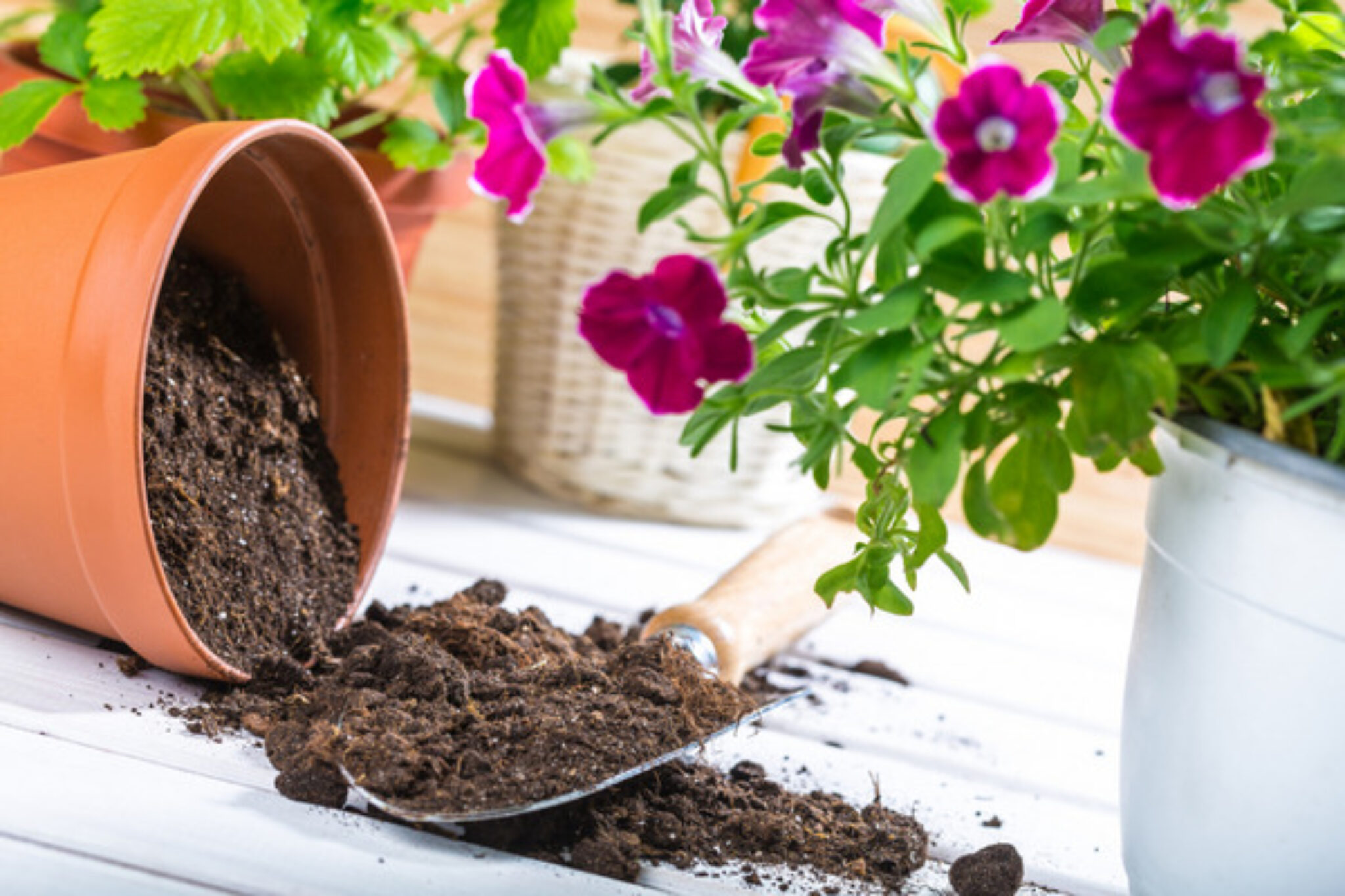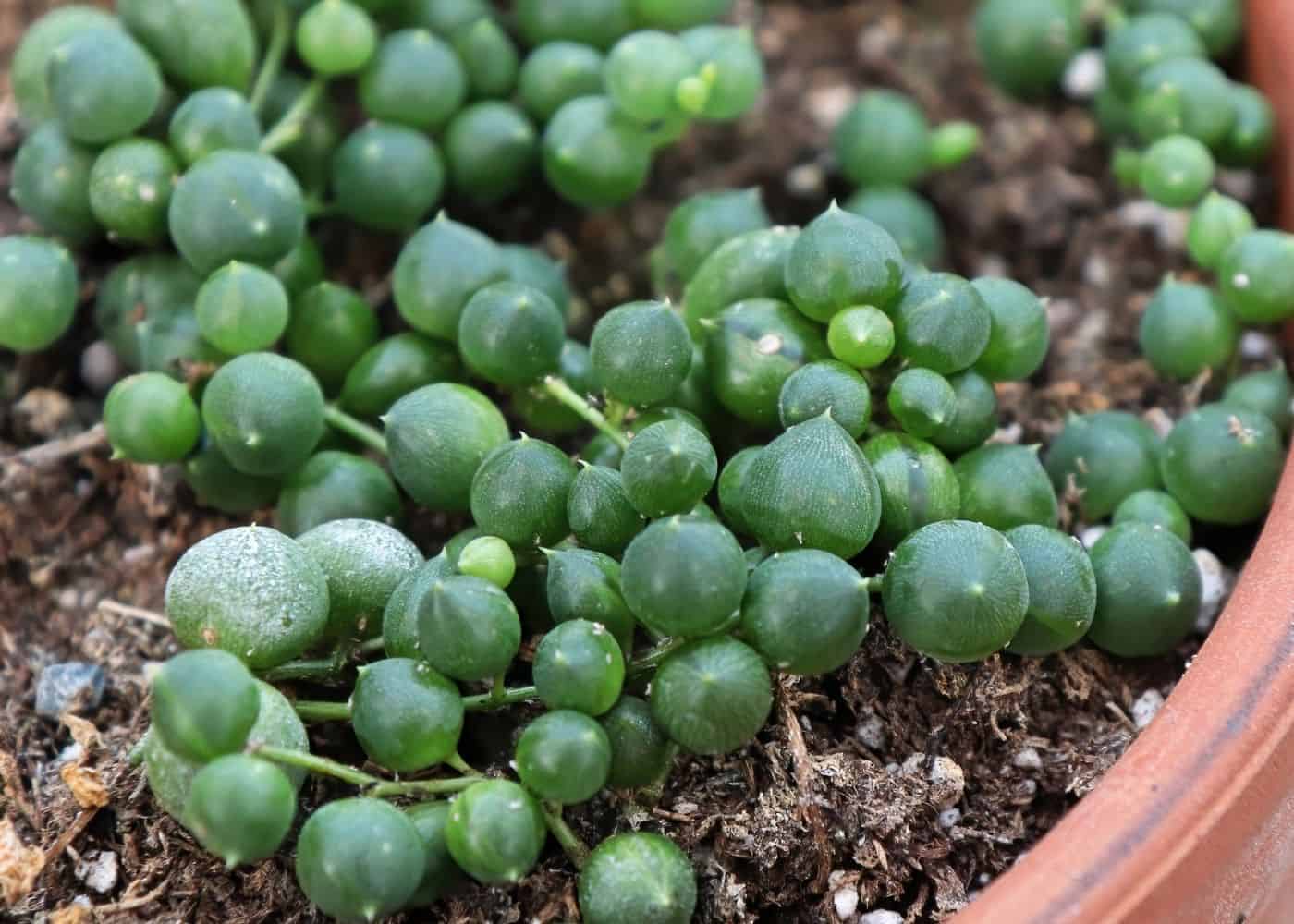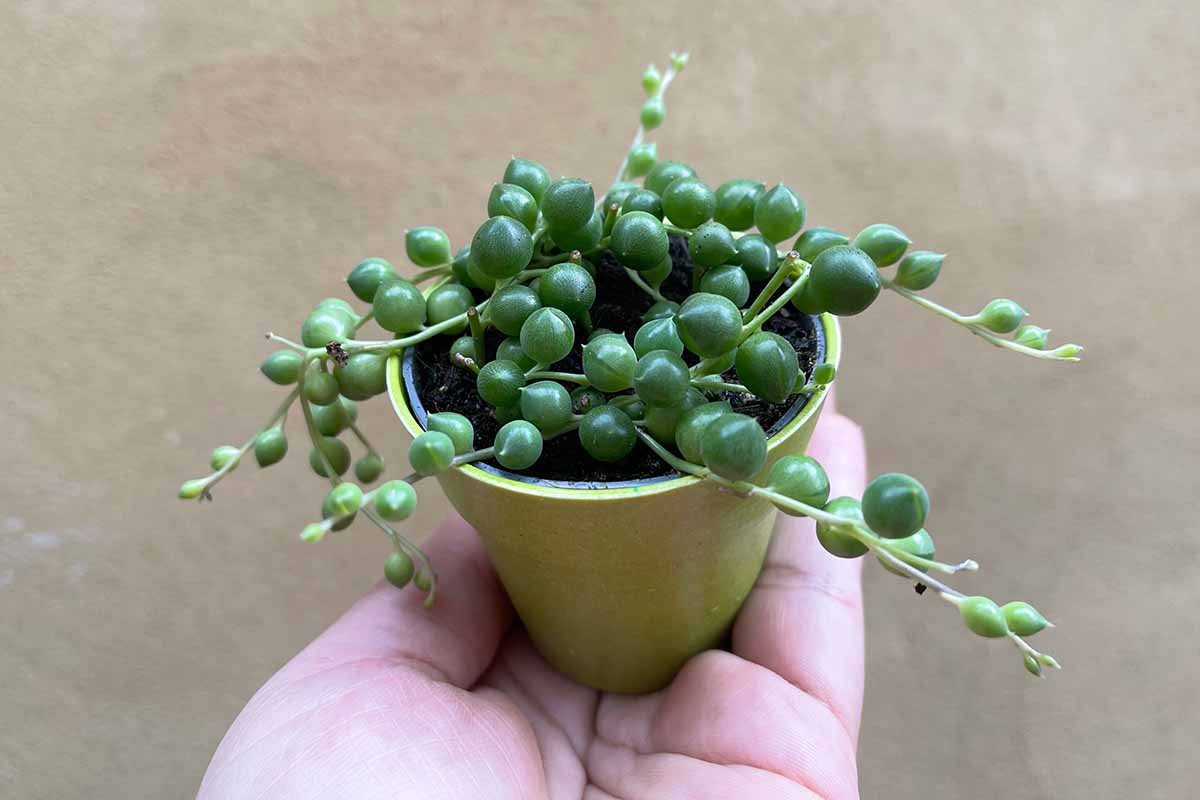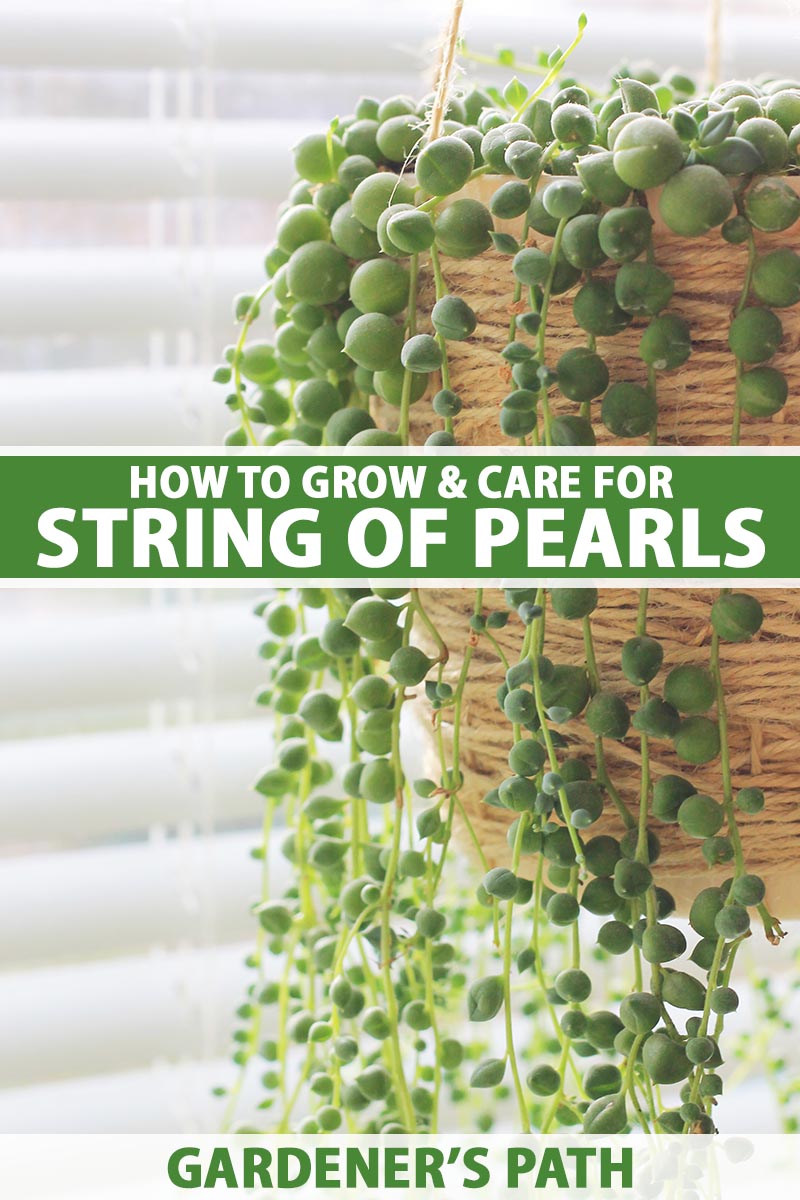Unlocking the Secrets of this Trailing Treasure
The String of Pearls succulent, also known as Senecio rowleyanus, is a popular choice among plant enthusiasts due to its unique, trailing stems adorned with small, rounded “pearls.” This low-maintenance, drought-tolerant plant is perfect for indoor containers or outdoor gardens, and with the right care, it can thrive and provide beauty for years to come. To learn how to grow string of pearls successfully, it’s essential to understand the specific needs of this succulent. In this article, we will delve into the world of String of Pearls and explore the essential tips and techniques for growing a healthy and thriving plant, from choosing the right environment to propagation and pest control.
Choosing the Right Environment for Your String of Pearls
When it comes to growing String of Pearls, providing the right environment is crucial for its success. This succulent thrives in bright, indirect light, making it an ideal choice for indoor containers or outdoor gardens with partial shade. In terms of temperature, String of Pearls prefers warmer climates, with ideal temperatures ranging from 65°F to 75°F (18°C to 24°C). Humidity levels should be moderate, around 40-50%, to prevent moisture-related issues. To replicate these conditions in your home or garden, consider using sheer curtains or shades to filter direct sunlight, and maintain a consistent temperature and humidity level. By doing so, you’ll be well on your way to learning how to grow string of pearls that are healthy and thriving.
The Importance of Well-Draining Soil and Proper Watering
When it comes to growing String of Pearls, using a well-draining potting mix is crucial to prevent waterlogged soil and root rot. A mix specifically designed for cacti and succulents, with ingredients like perlite, vermiculite, or sand, will help to ensure that excess water drains quickly and doesn’t accumulate in the soil. In terms of watering, it’s essential to water your String of Pearls sparingly, allowing the soil to dry out completely between waterings. Overwatering is a common mistake that can lead to root rot and other problems, so it’s vital to monitor the soil moisture and adjust your watering schedule accordingly. To learn how to grow string of pearls successfully, it’s essential to understand the importance of proper watering and soil drainage. By doing so, you’ll be able to provide your plant with the right conditions to thrive.
Fertilizing for Optimal Growth and Health
Fertilizing is an essential step in learning how to grow string of pearls successfully. Providing your String of Pearls with the right nutrients can promote healthy growth, vibrant colors, and a lush, full appearance. When choosing a fertilizer, look for a balanced, water-soluble formula that is specifically designed for cacti and succulents. Avoid over-fertilizing, as this can cause more harm than good. Instead, fertilize your String of Pearls during the growing season (spring and summer) and skip fertilizing during the dormant season (fall and winter). Dilute the fertilizer to half the recommended strength to prevent burning the roots. Apply the fertilizer once a month, and make sure to water your plant thoroughly after fertilizing to prevent any buildup of salts in the soil. By fertilizing correctly, you’ll be able to provide your String of Pearls with the nutrients it needs to thrive.
Pruning and Training for a Lush, Full Plant
Pruning and training are essential steps in learning how to grow string of pearls successfully. Regular pruning helps to maintain the shape of your String of Pearls, encourages new growth, and promotes a lush, full appearance. To prune your String of Pearls, simply trim off any leggy stems or damaged leaves using a pair of clean, sharp scissors or pruning shears. This will help to redirect the plant’s energy towards producing new growth and prevent it from becoming too leggy. Training your String of Pearls is also important, as it allows you to control the direction of growth and create a stunning display. You can train your plant by gently twining the stems around a trellis or other support, or by using wire or clips to hold the stems in place. By pruning and training your String of Pearls regularly, you’ll be able to maintain its shape, promote healthy growth, and create a beautiful, trailing display.
Pest Control and Common Problems to Watch Out For
When learning how to grow string of pearls, it’s essential to be aware of common pests and problems that can affect the health of your plant. Mealybugs, spider mites, and root rot are just a few of the issues that can arise if you’re not careful. To prevent infestations, regularly inspect your plant for signs of pests, such as white, cottony patches or tiny, moving dots on the leaves. If you do find pests, treat your plant with insecticidal soap or neem oil according to the product’s instructions. Root rot, on the other hand, is often caused by overwatering, so make sure to water your String of Pearls correctly and avoid getting waterlogged soil. Other common problems include leaf drop, which can be caused by underwatering or extreme temperatures, and legginess, which can be addressed through pruning and training. By being vigilant and taking prompt action, you can prevent these issues from becoming major problems and keep your String of Pearls healthy and thriving.
Propagation Techniques for Sharing Your String of Pearls
One of the most rewarding aspects of learning how to grow string of pearls is being able to share your plant with others through propagation. String of Pearls can be easily propagated through stem cuttings, leaf cuttings, and division, making it simple to create new plants to share with friends and family or to add to your own collection. To propagate through stem cuttings, simply cut a section of stem from the mother plant, allowing it to dry out for a few days to form a callus. Then, plant the cutting in a well-draining potting mix and water sparingly until roots develop. Leaf cuttings can be taken by gently twisting or cutting off a healthy leaf from the mother plant, allowing it to dry out for a few days before planting it in a potting mix. Division is another method of propagation, which involves gently separating the roots of a mature plant and replanting the separated sections. By following these simple propagation techniques, you’ll be able to share your String of Pearls with others and enjoy the satisfaction of watching your plant thrive and multiply.
Tips and Tricks for a Thriving String of Pearls
In addition to the essential care tips outlined above, there are several other ways to ensure your String of Pearls thrives. One important tip is to repot your plant every year or two, using a slightly larger pot and fresh, well-draining potting mix. This will give the roots room to grow and help prevent the soil from becoming too dense. Another common issue with String of Pearls is legginess, which can be addressed by pruning the plant to encourage bushier growth. To create a stunning display, try hanging your String of Pearls in a basket or container, or training it to cascade down a trellis or wall. By following these tips and tricks, you’ll be well on your way to growing a healthy and thriving String of Pearls. Remember, the key to success is to provide your plant with the right environment, proper care, and regular maintenance. With a little patience and practice, you’ll be enjoying the beauty of your String of Pearls for years to come. Whether you’re a seasoned succulent enthusiast or just learning how to grow string of pearls, these tips and tricks will help you take your plant care to the next level.







:max_bytes(150000):strip_icc()/kararileystringofpearls-11-e358f583cc6b44c887609dc7b3cd1aec.jpg)